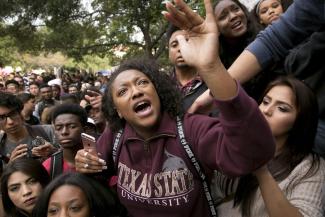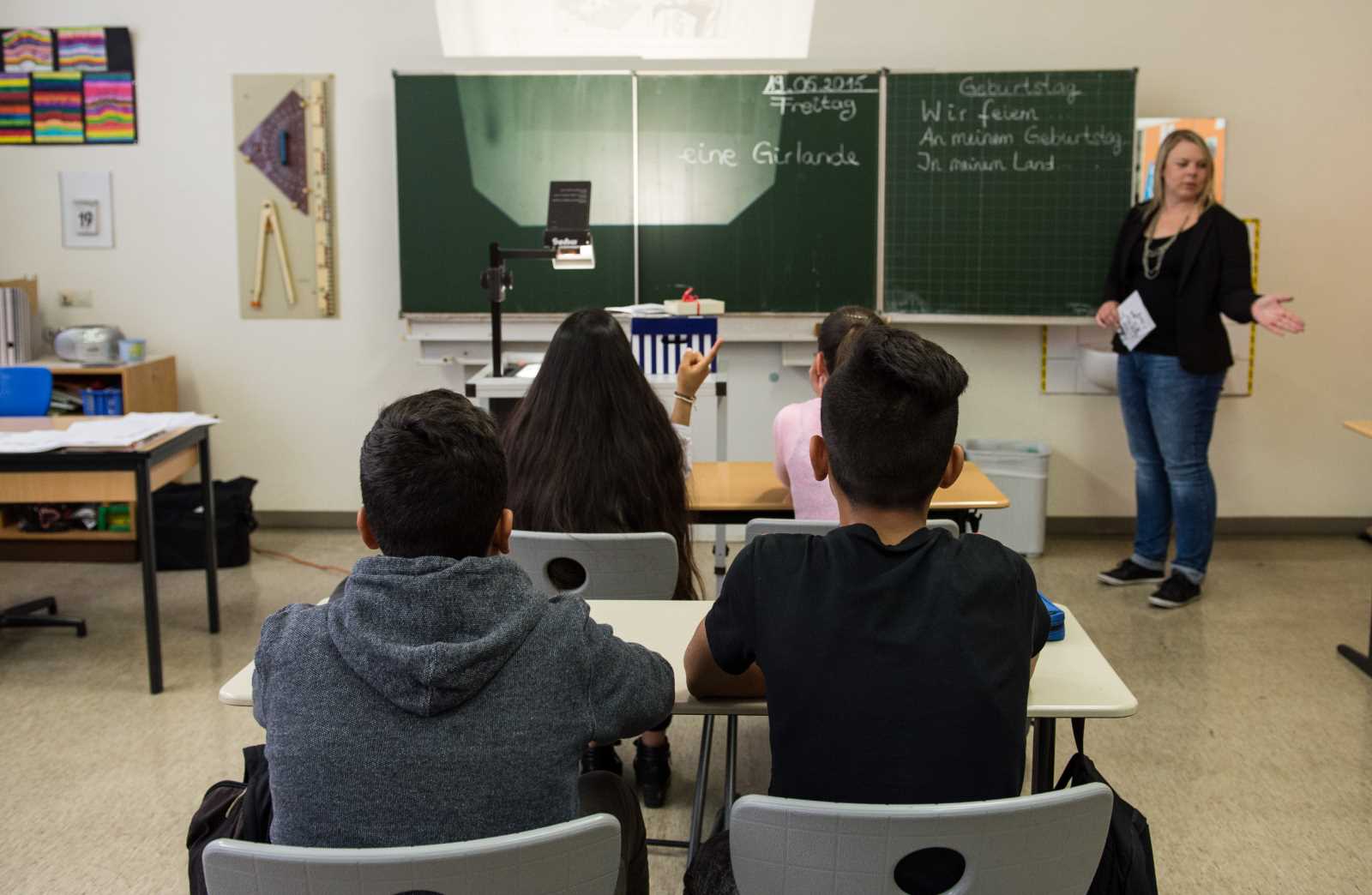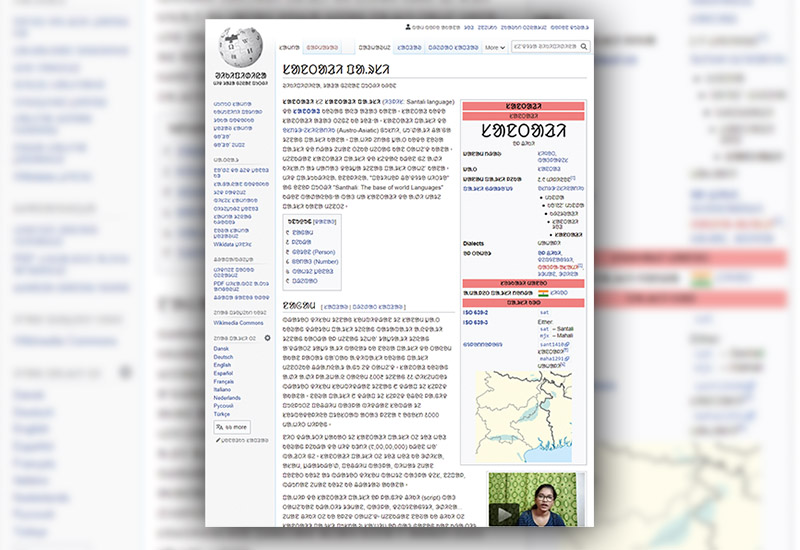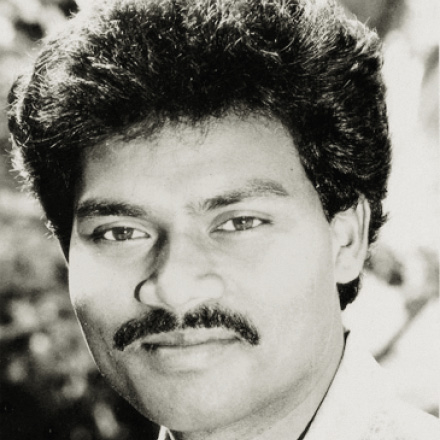Education
Overrated model

The National Center for Education Statistics reports that in 2015 the USA ranked number 36 in the world for maths scores amongst 15-year-olds, 19 in the world for science, and 15 for reading. Some 84 % of high school senior students graduate. These rates seem good, but without a high-school degree, people in the USA have little chance of ever getting a well-paying job.
The US scores are not bad, but they clearly are not the best. Other countries do better. For several reasons, many choose the USA nonetheless. The reasons are that:
- students typically already speak English,
- degrees from the US are accepted all over the world and
- migrants have historically found opportunities in the USA.
What many people do not know is that the US education system is very complex, multi-faceted and not easy to navigate. Many people believe that private-sector institutions make the system great, but they are only a small part of the system.
Primary and secondary schools
At the primary and secondary level public schools educate the vast majority of US Americans. Attending school is obligatory and free of cost in public schools up to the age of 16 to 18, depending on state laws. Public schools are regulated by state laws, so curricula and funding vary. The National Center for Education Statistics, an agency of the Federal Government, reported that in the school year 2014/2015 government funding per student amounted to almost $ 12,000 on average – that was about 29 % more than the OECD average.
Despite the substantial funds spent per student, the quality of public schools is not good enough for many wealthy parents. These families choose private schooling. About 10 % of primary and secondary students attended private schools in 2015, according to the National Center. Many of these schools are religiously affiliated, but many parents do not opt for them for faith reasons. They want to give their children a competitive advantage over those in the public schools. What they have in mind is university admissions, status and prestigious future careers.
The disparity between public and private schools is great. Students in private schools generally have access to better facilities and resources than their public school counterparts, according to the OECD. The schools tend be safer in terms of crime and violence too. They are also able to pay more for the best teachers, in contrast to public schools, that notoriously do not pay well and overburden their teachers. Understandably, students at private schools tend to perform better.
Due to the costs, children who attend these schools tend to be from socio-economically privileged backgrounds. Moreover, private schools are known to admit students on the basis of family networks and status.
Inequality within the public-school system is also immense. The graduation rates for Indian/Alaska native, black, and hispanic high-school students are lower than for white students. Black students are also less likely to enrol in universities than their white classmates. Public schools in predominantly black inner-city neighbourhoods tend to be much worse than those in predominantly white suburbs. School funding tends to depend on property taxes, so local governments with high-income families can spend more on public education.
A history of segregation has led to minorities living separated in distinct neighbourhoods. Disadvantaged communities, of course, are poorer on average. According to the National Center, members of minority communities are particularly likely to attend high-poverty schools.
Inequality in education is a topic of intense public debate, but so far, governments at various levels have not been able to change matters much. They have reduced the income gap between the families of students enrolled in college, but that gap still exists. The disparity in life opportunities begins from an early age. It reflects a child’s race and family income.
Tertiary education
People who do not graduate from high school have little chance of ever getting a job with decent pay and working conditions. For a well-paying career, however, one needs to go to college – and tertiary education is expensive. All colleges – whether private or public – charge tuition fees. Thanks to the high fees, many of them offer a wide range of student services, well-kept grounds and extensive resources, including libraries and laboratories.
There are different kinds of colleges. The most prestigious universities are the internationally known private universities like Harvard, Princeton or Stanford. The second tier consists of state universities that do solid academic work. Both categories do cutting-edge research. The third category are profit-driven diploma mills, that hardly do research and do not meet high academic standards. Accordingly, their names are not well known.
For many US Americans, the costs of higher education are an obstacle they cannot overcome. College Board reports that the average cost for a full year at a public bachelor’s college for the school year 2018/2019 is $ 8,600 dollars for a full-time student. Those at elite private universities as Harvard, Princeton and Yale, pay the largest bills. Sums of $ 50.000 are not unusual.
Those who graduate at the top of their high-school class get automatic entrance into public universities, which tend to cost less than the best private universities. Typically, students who attend one of their home state’s public universities pay lower tuition fees than those from other states. Many students take out loans to attend these universities and are burdened with debt for decades. It is possible but difficult to get financial aid – not least because one needs to understand the bureaucratic processes, financial jargon and legal language which accompanies them. Student debt has become a major political issue because so many young people are struggling to pay off their loans.
For lower-income families there are many different kinds of scholarships and grants, so students apply to help fund the cost of tuition and living expenses. Some ambitious students can benefit from this system. Michelle Obama, the former first lady, is an example. She is from a working class family in a disadvantaged neighbourhood in Chicago and managed to get a bachelor’s degree from Princeton University and later a law degree from Harvard University. She then joined a leading law firm in Chicago.
Many other US Americans cannot even afford a college education. The high costs of the best schools and universities lead to rich and white students getting the best opportunities, often without putting in much effort. White students from prosperous background dominate campus culture, so black and brown students often feel marginalised. Some minority students suffer the impostor syndrome, questioning whether they really belong in the institutions. Problems are compounded by prosperous white families dominating university politics as well.
Bribes for admissions
President Donald Trump’s son-in-law Jared Kushner is a good example of how privilege works in the US. According to the New York Magazine, Jared Kushner’s father donated millions of dollars to get his son admission into Harvard. Even Kushner’s high school acknowledged that he was unqualified to go there.
That was two decades ago, but things have not changed. In recent weeks, US media have been uncovering a vast college-admissions scandal, implicating about 50 people, including 33 wealthy parents. The plain truth is that because their children are unable or unwilling to meet admissions standards, some parents bribe their children’s way through. Students without that kind of support actually have to work hard and achieve good academic results for the chance of being admitted.
For many years, affirmative action has been a controversial topic. It means that universities must admit a certain share of students form minority communities. Conservatives say that it thwarts competition and discriminates against white students and that people should only be admitted on merit. What they willingly overlook is the masses of white students that have been admitted on the basis of family connections, wealth and systemic privilege. Far too many do not make it into top schools based on merit – and they crowd out their more deserving competitors.
Link
National Center for Education Statistics:
https://nces.ed.gov/pubs2018/2018144.pdf
Cema Tork is an intern at D+C/E+Z, sponsored by the Congress-Bundestag Youth Exchange (CBYX), a programme that invites 75 young Americans to work in Germany and 75 young Germans to do so in the USA.
cematork@gmail.com












